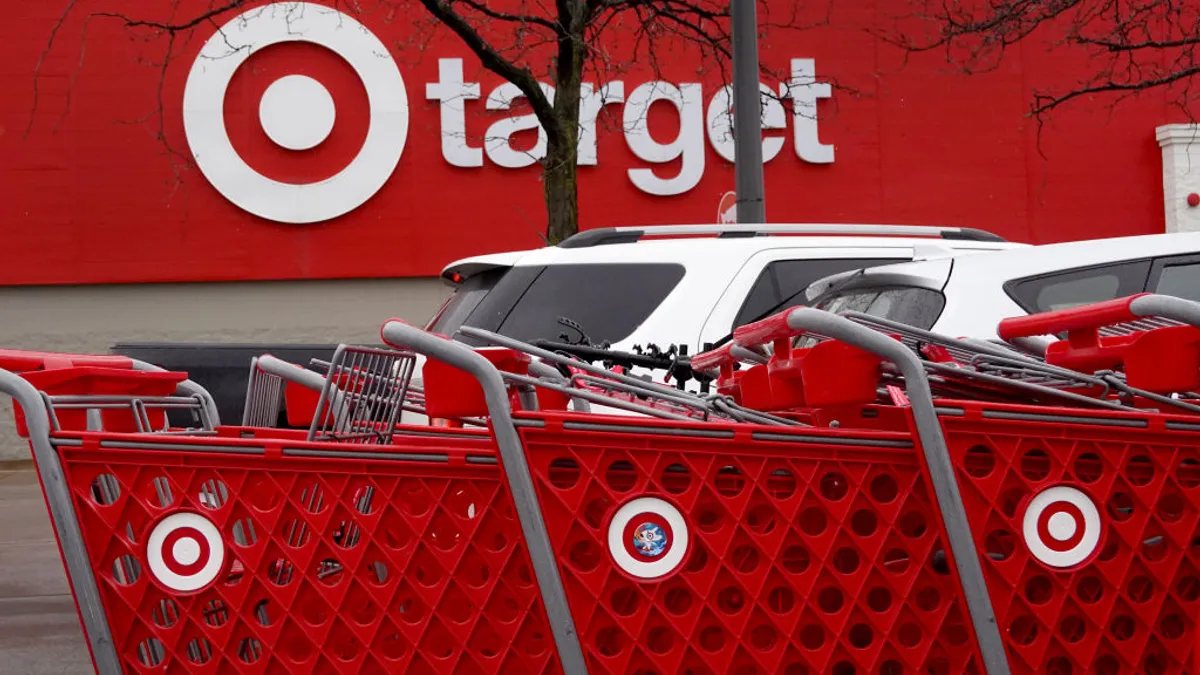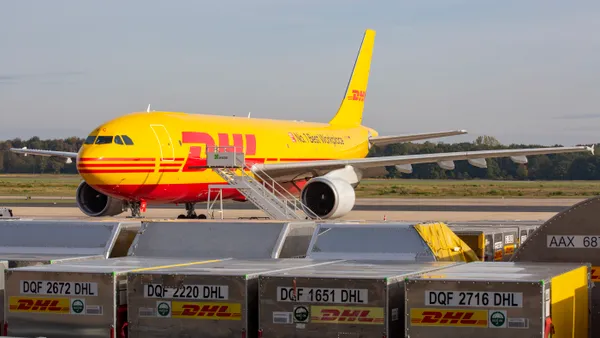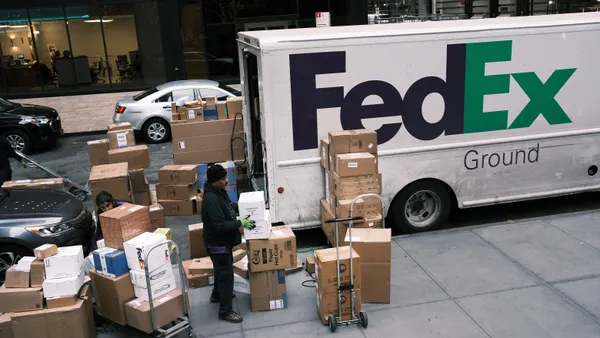The U.S. Postal Service is set to implement new service standards Tuesday for a portion of its deliveries as it overhauls its volume collection processes.
Effective April 1, Ground Advantage and single-piece First-Class Mail volume will see an additional day in transit for volume originating in post offices more than 50 miles from a regional processing and distribution center.
"For the volume within 50 miles, we are working on getting it back to the plant earlier," Greg White, the Postal Service's executive director of operations integration and performance excellence, said in an agency webinar outlining the changes last week.
The service standard tweaks stem from the agency's push to consolidate volume dropoff and pickup activities at some rural post offices, going from a morning and afternoon transportation route to just one route.
Most mail and packages will retain the same delivery expectations following the shift, but others will see either faster or slower service, according to a Postal Service fact sheet. Urban locations closer to major agency processing facilities are more likely to see service upgraded, while volume originating from rural locations is more at risk of downgraded service standards, per a Postal Service analysis.
Slowed-down deliveries will still be made within existing shipping timeframes for Ground Advantage (2-5 days) and First-Class Mail (1-5 days) volume, per the Postal Service. Mailers will also benefit from the service standards being based on five-digit ZIP code pairs, rather than less precise three-digit pairs, it added.
Also effective April 1, Sundays and holidays won't be counted as transit days if the volume is entered into the Postal Service's network the day prior, White said. He added that the move puts the agency in line with FedEx and UPS' on-time delivery measurements.
"Historically, if it was a two-day standard, it would need to be delivered on Monday," White said. "We are adjusting where, if it is dropped on Saturday, Sunday does not count as a transit day, and it will not need to be delivered on Monday. It will now be delivered on Tuesday."
The Postal Service decided to move ahead with the adjustments despite concerns from the Postal Regulatory Commission that smaller communities and certain mail products would be adversely affected. Early transportation consolidation efforts conducted under a pilot program negatively impacted service to customers, the Postal Service's Office of Inspector General said in a report last year.
Despite criticism over the plans, Postal Service officials have been adamant that the changes are necessary for the aency to become financially sustainable. The agency projects at least $36 billion in savings over 10 years as a result of the service standard adjustments.
Large-scale — and controversial — network changes have been common at the Postal Service in recent years under former Postmaster General and CEO Louis DeJoy. DeJoy stepped down from his post last week in the midst of his 10-year "Delivering for America" plan to improve the agency's finances.
The Trump administration has scrutinized the Postal Service and its annual losses, with Elon Musk's Department of Government Efficiency searching for more ways the agency can cut costs.















